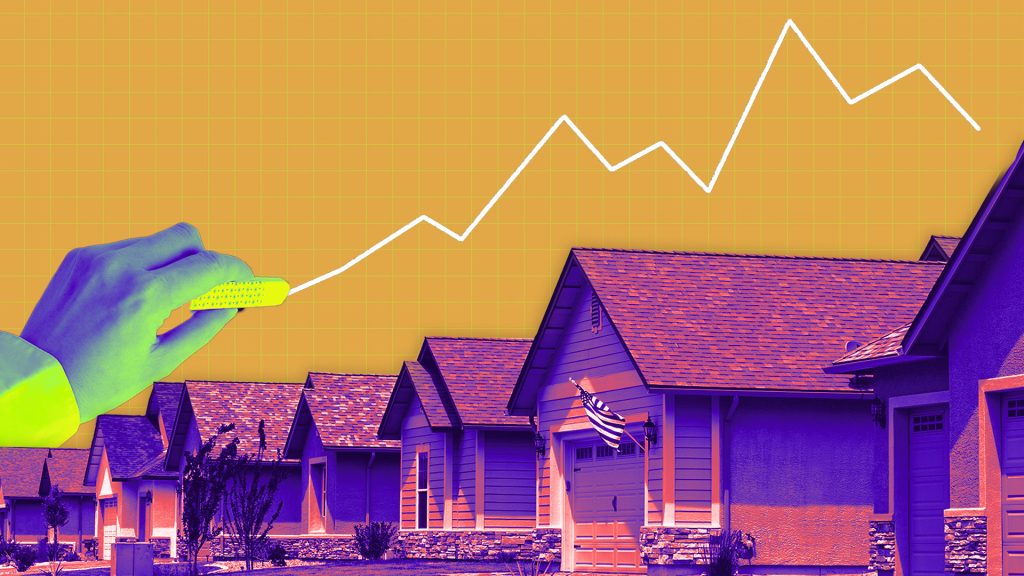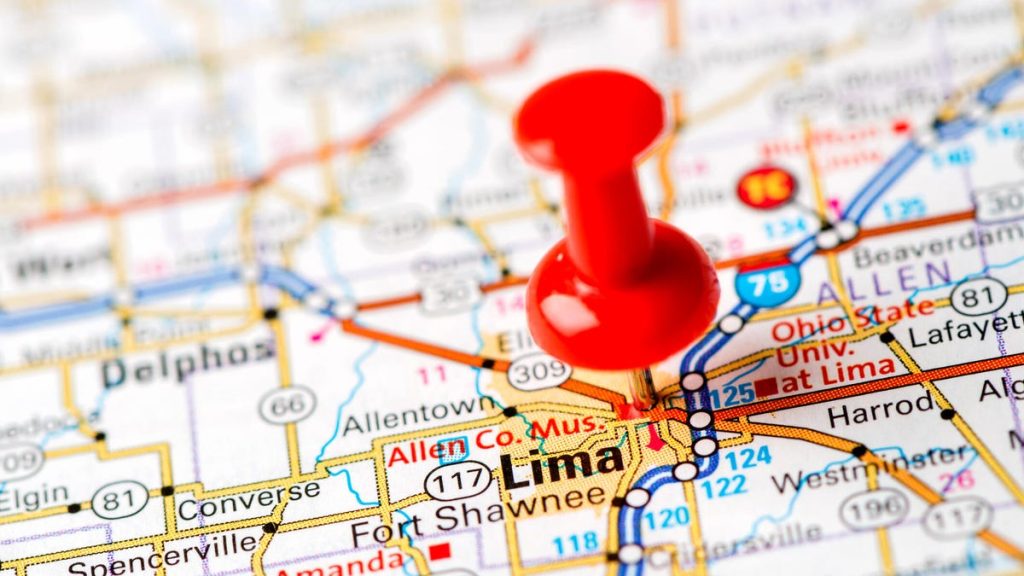Best CD Rates Today – Want to Maximize Your Earning Potential? Don’t Wait to Lock in One of These High APYs


Sergey Nazarov/Getty Images
Key Takeaways
- You can earn up to 5% APY with today’s best CDs.
- APYs are falling in response to the Fed’s rate cut last month.
- The sooner you open a CD, the better the APY you’re likely to get — and the greater your earning potential will be.
If you’ve been thinking of opening a certificate of deposit, now’s the time to act. CD rates have been falling fast since the Federal Reserve cut interest rates by 50 basis points on Sept. 18, and experts expect this trend will continue. By opening a CD today, you can lock in current rates and protect your earnings from additional rate drops.
Today’s best CDs offer up to 5% annual percentage yield, or APY — more than double the national average for some terms. The longer you wait to open a CD, the lower the APY you may be able to secure.
If you want to maximize your earning potential, read on to see where you can score one of today’s best APYs.
Today’s best CD rates
These are some of the highest CD rates today and how much you could earn by depositing $5,000 right now:
Experts recommend comparing rates before opening a CD account to get the best APY possible. Enter your information below to get CNET’s partners’ best rate for your area.
Why you should open a CD today
Last month, the Fed cut the federal funds rate for the first time since 2020, and CD rates have plummeted as a result.
The Fed regularly adjusts the federal funds rate to keep the US economy in check. When inflation is high, it raises this rate to discourage borrowing, lower consumer spending and drive prices down. This rate determines how much it costs banks to borrow and lend money to each other. So, when the Fed raises this rate, banks typically raise APYs on consumer products like CDs and savings accounts to attract new customers and boost their cash flow. When it lowers this rate, banks lower their APYs, too.
Beginning in March 2022, the central bank raised the federal funds rate 11 times to combat record inflation, and CD rates took off — reaching as high as 5.65% APY for the top CDs we track at CNET. As inflation began cooling, the Fed held rates steady eight times in a row starting in September 2023, and APYs largely held steady, too.
As inflation continued to cool and banks anticipated a Fed rate cut, they started dropping APYs across terms. APYs fell slowly at first, but the pace has picked up since the Fed’s September rate cut.
Here’s where CD rates stand at the start of this week compared to the start of last week:
| Term | Last week’s CNET average APY | This week’s CNET average APY | Weekly change |
| 6 months | 4.37% | 4.39% | +0.46% |
| 1 year | 4.30% | 4.22% | -1.86% |
| 3 years | 3.66% | 3.61% | -1.37% |
| 5 years | 3.55% | 3.51% | -1.13% |
*Weekly percentage increase/decrease from Sept. 30, 2024, to Oct. 7, 2024.
All signs point to this trend continuing.
“By the end of the year, we may see an additional 50 basis points in cuts, likely split between a quarter-point reduction in both November and December,” said Faron Daugs, CFP, founder and CEO at Harrison Wallace Financial Group. “With these declines in interest rates, CD and money market rates will also continue to fall.”
If you were considering opening a CD, now’s the time to lock in a high rate before APYs fall further.
How to choose the best CD for you
A competitive APY is important when comparing CD accounts, but it’s not the only thing you should look at. To find the right account for you, consider these things too:
- When you’ll need your money: Early withdrawal penalties can eat into your interest earnings. So be sure to choose a term that fits your savings timeline. Alternatively, you can select a no-penalty CD, although the APY may not be as high as you’d get with a traditional CD of the same term.
- Minimum deposit requirement: Some CDs require a minimum amount to open an account — typically, $500 to $1,000. Others do not. How much money you have to set aside can help you narrow down your options.
- Fees: Maintenance and other fees can eat into your earnings. Many online banks don’t charge fees because they have lower overhead costs than banks with physical branches. Still, read the fine print for any account you’re evaluating.
- Federal deposit insurance: Make sure any bank or credit union you’re considering is an FDIC or NCUA member so your money is protected if the bank fails.
- Customer ratings and reviews: Visit sites like Trustpilot to see what customers are saying about the bank. You want a bank that’s responsive, professional and easy to work with.
Methodology
CNET reviews CD rates based on the latest APY information from issuer websites. We evaluated CD rates from more than 50 banks, credit unions and financial companies. We evaluate CDs based on APYs, product offerings, accessibility and customer service.
The current banks included in CNET’s weekly CD averages include Alliant Credit Union, Ally Bank, American Express National Bank, Barclays, Bask Bank, Bread Savings, Capital One, CFG Bank, CIT, Fulbright, Marcus by Goldman Sachs, MYSB Direct, Quontic, Rising Bank, Synchrony, EverBank, Popular Bank, First Internet Bank of Indiana, America First Federal Credit Union, CommunityWide Federal Credit Union, Discover, Bethpage, BMO Alto, Limelight Bank, First National Bank of America and Connexus Credit Union.





